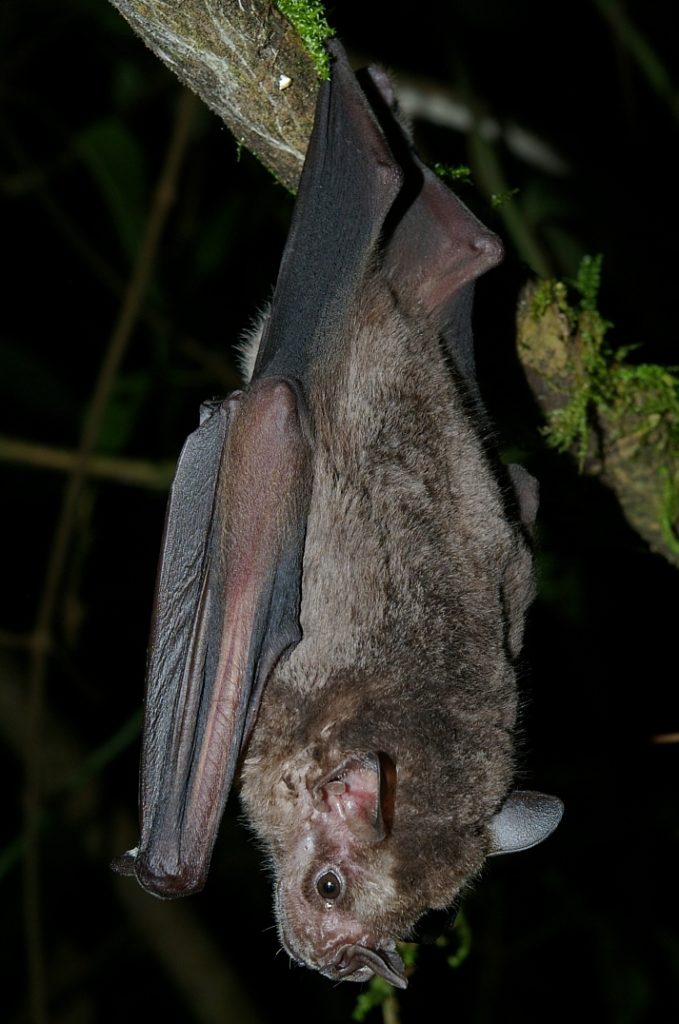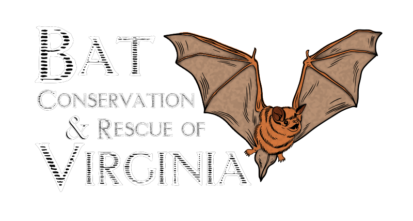
Hi everyone! I hope you all had a good week!
There is a secluded cave in the forests of northwestern Jamaica that holds information of how the environment has changed since the early Bronze Age. Bat guano may not seem important; however, it holds details of what the bats were eating along with what their environment was like. After years of bats living in the same cave, their guano accumulates and records information. In the past, guano has influenced humanity in many ways. For thousands of years, humans have used guano from bats and birds as a natural fertilizer. Guano has been so important throughout history that in 1864 Spain and Peru went to war over the Chincha Islands because it was covered in guano. When guano dried it contained the ingredients for saltpeter, one of the key ingredients of gunpowder. During the American Civil war, the Confederate Army used it for supplies.
During a study of the cave in Jamaica researchers were able to determine traces of human activity through the droppings of a 4.2-foot-long extraction. Through radiocarbon dating, they found that the core of the sample was around 4,300 years old. The droppings contain genetic information about the bats that can show how species have evolved and adapted over time. As humans adapted to use different industrial metals, the composition of certain isotopes showed the evolution of agriculture in the surrounding area. These changes influenced the bats diet and, as a result, their guano. For example, when Europeans first arrived, they brought sugarcane. The bats and/or their prey took a liking to it. This caused an increase in the levels of carbon-13 levels in the bats’ guano.
There are many more interesting examples of how humans have changed the environment in such a way that you can see it in bat guano. You can read about them here.
[The history of guano in the United States is fascinating! Please check out the Wikipedia entry here.--Ed.]
